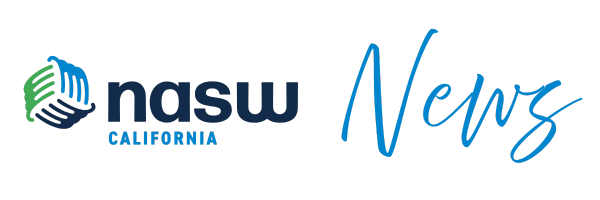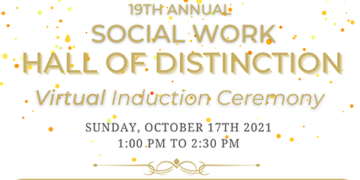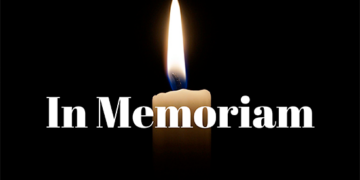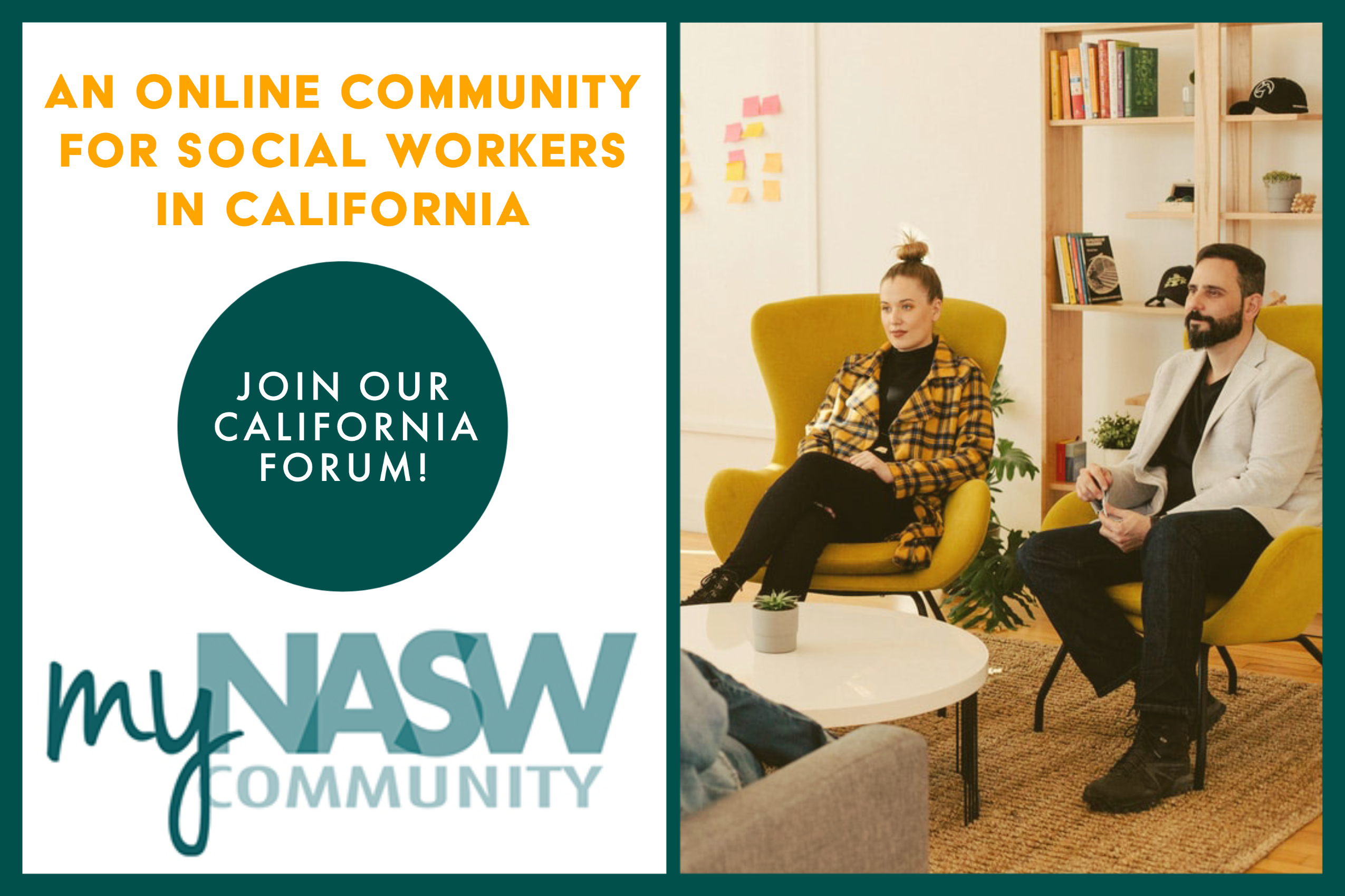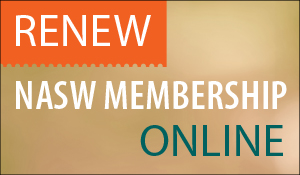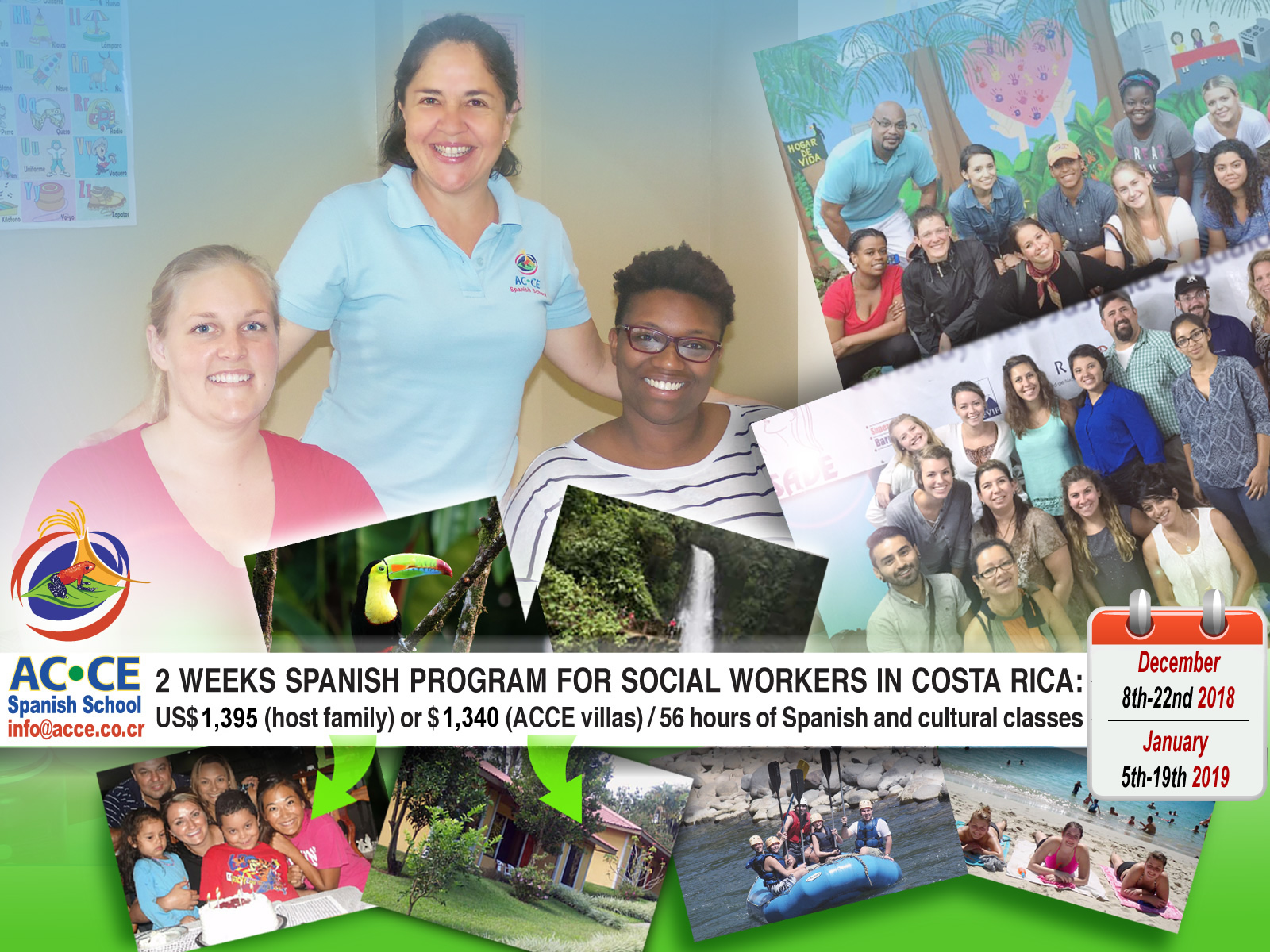By Amanda Hernandez, Belinda Williams, Colleen McDuffie, Eleanor Reid, and Tunisia Nelson, Cal State University, Long Beach, Advanced Social Policy Analysis
The knowledge of barriers for Transitional age youth emancipating out of the system has extended over decades. Former foster youth began to receive recognition in 1985 at the federal and state levels with the enactment of the Consolidated Omnibus Budget Reconciliation Act. This Act added section 477 to Title IV-E of the Social Security Act (Delgado, 2013).
Additionally, other Acts were passed in 1986 and 1999 to address the challenges that transitional age youth encountered on their path to independence. The House of Representatives passed the Fostering Connections to Success and Increasing Adoptions Act in June 2008 (Havlicek & Peters, 2014), also known as the Fostering Connections Act. The Fostering Connections Act gave each state a financial incentive to extend foster care to eligible youth (Courtney, Dworsky, & Napolitano, 2013). California adopted a version of the federal law and enacted the bill, the California Fostering Connections Act, AB 12.
Assembly Bill 12 is comprised of five state bills or “clean up” bills, which are AB 212, SB 1013, AB 1712 and, most recently, AB 787. Governor Brown approved the bills to ensure a successful transition for youth. In fact, these policies, which revise and expand upon AB 12, address some of the unpredicted problems when the bill was prepared or developed (Delgado, 2013). From the time when AB 12 was introduced, it has been amended 11 times and has grown in length from 5 pages to 288 pages in an intentional effort to make improvements for emancipated youth (Delgado, 2013).
Frequently, transitional age youth are susceptible to danger and hardships in the community. Federal laws now provide states with Title IV-E reimbursable funds to improve outcomes for transitional age youth in out-of-home care up to age 21 (Delgado, 2013). “Youth must also have a transitional independent living case plan and meet at least one of the five following conditions as stipulated by the federal Fostering Connections Act: (1) be enrolled in high school or an equivalency program, (2) be enrolled in a postsecondary or vocational school, (3) be participating in a program or activity that promotes or removes barriers to employment, (4) be employed at least 80 hours per month, (5) to have a medical condition that limits their ability to work or go to school” (Courtney, et al., 2013). [This is Courtney, Dworsky, and Napolitano again.] Effective January 1, 2012, transitional age youth were allowed to remain in foster care in increments, such as to age 19 in 2012, to age 20 in 2013, and up until age 21 in 2014.
The expectations are that the transitional age youth will obtain permanency, retain a team of support while residing in a monitored living environment, and be better equipped for an effective transition to self-sufficiency.
References:
Courtney, M., & Heuring, D. (2005). The transition to adulthood for youth “aging out” of the Foster Care System. 27-67 in Osgood et al. 2005.
Delgado, M. (2013). California fostering connections: Ensuring that the AB 12 bridge leads to success for transition age foster youth. Children’s Advocacy Institute, University of San Diego School of Law, ES-1-B16. Retrieved from www.caichildlaw.org/Misc/AB12_Report_Final.pdf.
Havlicek, J., & Peters, C. (2014). Re-entry among former foster youth in early adulthood: Findings from Illinois. Children and Youth Services Review, 230–232. Retrieved from www.elsevier.com/locate/childyouth.
